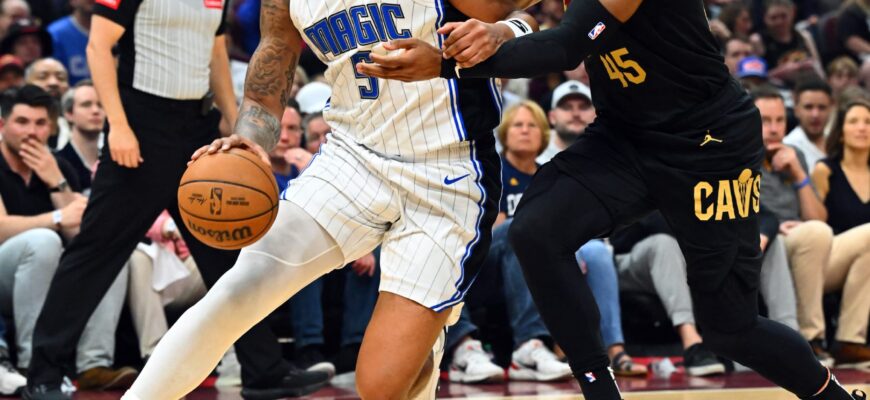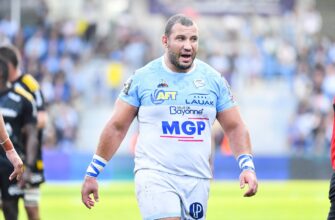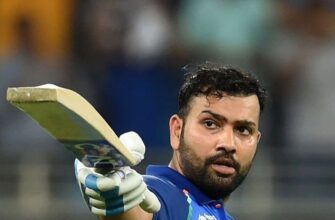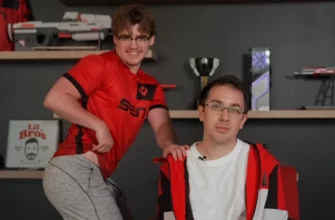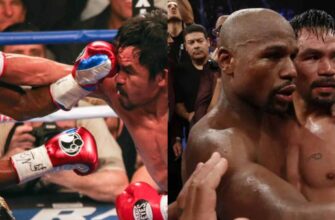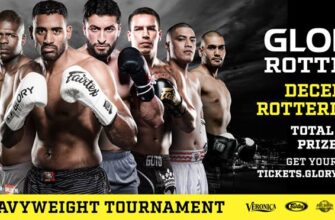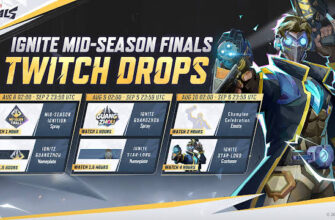As the whispers of the next NBA season begin to coalesce into tangible anticipation, one question invariably rises above the din: Who will be crowned the Most Valuable Player? The NBA MVP award is more than just a statistical accolade; it`s a testament to individual brilliance, team success, and a subtle alchemy of narrative and voter perception. It`s a notoriously tricky puzzle, often defying simple metrics and demanding a nuanced understanding of basketball`s intricate ecosystem.
Recent history offers a curious blueprint. Since LeBron James claimed the trophy in 2012, an unspoken formula seems to have emerged: your MVP must be a veritable spring chicken, aged between 24 and 28, and have earned either First- or Second-Team All-NBA honors the prior season. This suggests the award is not for the sudden sensation but for the established star poised for a career-defining leap. But as we`ll explore, formulas, much like audacious dunks, sometimes meet unexpected blocks.
- The Established Order: Reigning Monarchs and Perennial Threats
- Shai Gilgeous-Alexander: The Uncomfortable Crown
- Luka Dončić: The Lakers Labyrinth and the Statistical Snare
- Nikola Jokić: The Joker`s Gambit – Consistency as King
- The Ascending Tides: Young Guns and Eastern Enigmas
- Anthony Edwards: The Alpha`s Ascent
- The “If Everything Breaks Right” Brigade: Long Shots with Lofty Dreams
- Alperen Sengun: The Joker`s Apprentice?
- The Unwritten Rules of MVP Success
The Established Order: Reigning Monarchs and Perennial Threats
At the apex of the MVP discussion, we find a familiar trio, each approaching the 2025-26 season from a unique vantage point, burdened by expectation or propelled by consistent excellence:
Shai Gilgeous-Alexander: The Uncomfortable Crown
Fresh off a triumphant MVP season and leading his team to championship glory, Shai Gilgeous-Alexander faces perhaps the most formidable opponent: himself. History shows that repeating as MVP is a Herculean task, often requiring an improvement upon an already stratospheric performance. The Oklahoma City Thunder won a remarkable 68 games last season. Can they win 69? Even a slight dip in team wins, or a marginal decrease in his already historic scoring efficiency, could be held against him. Voters, it seems, prefer a new narrative, a fresh ascent, rather than a sustained plateau of excellence. It`s an almost ironic predicament — being too good, too soon, can make the sequel harder to sell.
Luka Dončić: The Lakers Labyrinth and the Statistical Snare
Luka Dončić, seemingly in the best shape of his career and radiating EuroBasket brilliance, arrives in Los Angeles as a narrative darling. The allure of him making his former team regret his departure is palpable. However, the MVP award, above all, is a statistical beast. Joining a Lakers roster alongside LeBron James, Austin Reaves, and other ball-dominant role players presents a fascinating conundrum. Will he be able to accumulate the gaudy, triple-double-esque numbers that often define MVP campaigns when sharing the offensive burden? His brilliance might manifest in subtler ways — increased efficiency, defensive improvements — but these are harder for voters to quantify than raw volume. Sometimes, even the most compelling story needs to be underpinned by an undeniable statistical resume.
Nikola Jokić: The Joker`s Gambit – Consistency as King
And then there is Nikola Jokić, the perennial contender, the statistical anomaly who defies athletic norms. He`s been first or second in MVP voting for five consecutive years — a testament to his unparalleled consistency and ironclad durability. Choosing Jokić feels less like a gamble and more like a prudent investment. His game, less reliant on explosive athleticism or volatile shooting, is remarkably immune to seasonal fluctuations. If the Nuggets` reported offseason bench improvements narrow the standings gap with teams like the Thunder, his case only strengthens. Furthermore, the NBA`s new “heave rules” could statistically boost his already impressive shooting percentages, adding a subtle, almost mischievous, cherry on top. In a league chasing flash, Jokić offers the quiet, relentless hum of sustained excellence, always there, always a threat.
The Ascending Tides: Young Guns and Eastern Enigmas
Beyond the established pantheon, a new generation of talent is knocking on the door, embodying the “formula” more perfectly than some seasoned veterans.
Anthony Edwards: The Alpha`s Ascent
Anthony Edwards fits the mold of a future MVP perfectly. At 24, he`s in the prime age bracket, a proven top-10 player, and an elite scorer. His remarkable jump as a shooter last season, coupled with ambitions to develop a post-game and shoulder a greater playmaking burden, positions him as the quintessential rising star. He`s arguably the strongest “dark horse” bet, embodying the trajectory voters love: a star improving demonstrably year after year, carrying his team deeper into the postseason. He’s not just a candidate; he’s almost an inevitability, just a question of when.
The Western Conference, brimming with talent, offers few other middle-tier contenders. Victor Wembanyama, for all his generational promise, faces the dual challenge of team wins and a crowded offensive ecosystem, not to mention the ever-present 65-game availability rule. His time will come, but perhaps not this season.
The Eastern Conference, however, presents a tantalizing enigma. While Giannis Antetokounmpo will undoubtedly put up staggering numbers as a de facto point guard, the strength of his supporting cast, his age (31), and a history of missing games make his MVP path fraught with peril. Voters rarely reward individual heroics on a middling team, and the “2008 Kobe” narrative — where a beloved player carries a struggling team until reinforcements arrive — feels like a long shot for an already-crowned MVP.
The “If Everything Breaks Right” Brigade: Long Shots with Lofty Dreams
This is where the true gamble lies, the realm of the dark horse so dark, they`re almost invisible. Yet, history often provides an underdog narrative, and the Eastern Conference, with its less defined pecking order, offers fertile ground for an unexpected MVP contender.
- Cade Cunningham: The Detroit Dynamo. At 24, a Third-Team All-NBA selection, and the undisputed alpha on a team that showed flashes of 55-win potential post-rough start, Cunningham is a prime candidate for a breakout season. If Detroit truly takes a leap, his all-around game (scoring, assists, defense) makes him an undeniable focal point for voters.
- Trae Young: The Redemption Arc. In a contract year, surrounded by an improved Hawks defense, and poised to lead the league in assists, Young offers a compelling narrative. If the Hawks live up to their “sleeper” potential and Young shows tangible improvements, however subtle, in areas like defense, he could “prove the naysayers wrong” in spectacular fashion.
- Joel Embiid: The Sleeping Giant. To ignore a recent MVP winner at 150-to-1 odds feels almost sacrilegious. The colossal caveat, of course, is health. But if Embiid defies his recent injury history and the 76ers coalesce into a 50+ win team behind another dominant statistical season, his odds represent a potential goldmine. You`re not projecting potential; you`re betting on a known, albeit fragile, quantity.
And then, there`s a wild card from the West, a player whose trajectory mirrors an earlier MVP, prompting audacious comparisons:
Alperen Sengun: The Joker`s Apprentice?
With Fred VanVleet`s reduced role, the ball-handling duties in Houston are up for grabs. What if Alperen Sengun, a standout at EuroBasket and a player who made an enormous defensive leap last season, truly steps into a larger playmaking role? The “Jokić comparisons,” once sacrilegious, begin to whisper again. If his finishing improves and his volume increases, combined with his unique passing vision, Sengun could push for All-NBA recognition. At staggering long odds, he represents the ultimate “swing for the fences” bet — a glimpse into a future where he transcends expectations, much like a certain Serbian center before him.
The Unwritten Rules of MVP Success
Ultimately, the MVP race is a complex tapestry woven from individual brilliance, team performance, voter fatigue, and sometimes, a dash of sheer luck. The ideal candidate blends:
- Age & Trajectory: Young enough to show significant growth, old enough to be an established star (typically 24-28).
- Team Success: A top-tier team record, ideally 50+ wins, placing them among the conference elite.
- Individual Dominance: Eye-popping stats, often including elite scoring (25+ PPG), without appearing to “stat-pad” on a losing team.
- Durability: Crucial in the era of the 65-game rule, ensuring consistent availability throughout the season.
- Narrative: A compelling story of leadership, improvement, or overcoming adversity that resonates with voters.
“The MVP award isn`t just about being the best; it`s about being the best at the right time, in the right context, with the right story.”
As the 2025-26 NBA season draws near, the stage is set for a captivating MVP battle. Will a reigning champion maintain his supremacy? Will a consistent giant reclaim his throne? Or will a hungry young gun, or even a miraculous long shot, seize the narrative and etch their name into basketball history? The beauty lies in the unpredictability, in the annual quest for the player deemed most valuable.

